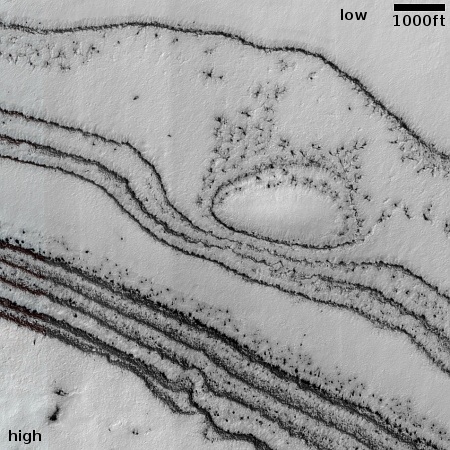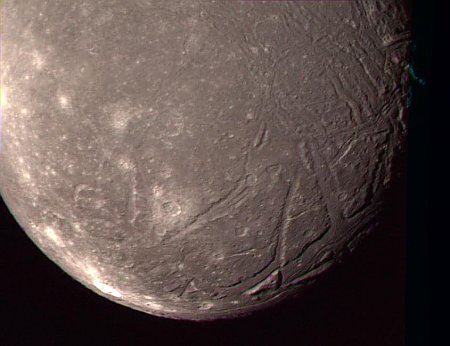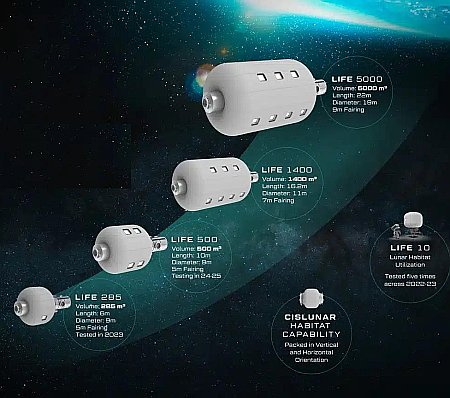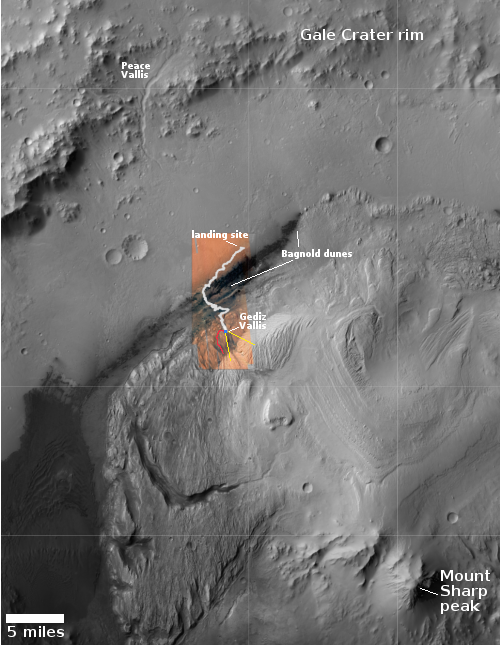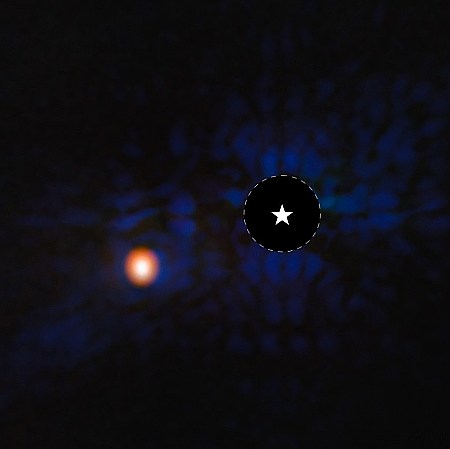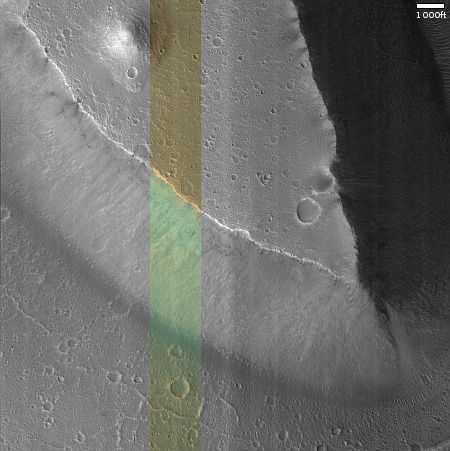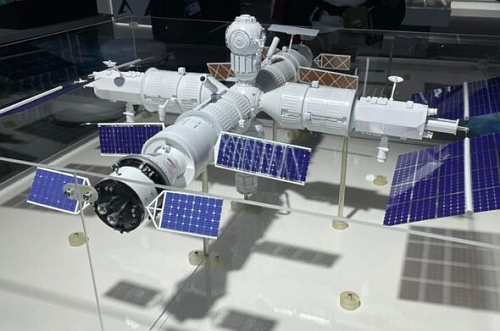SpaceX announces completion of investigation of July 11 Falcon 9 second stage failure
SpaceX today issued an update outlining completion of its investigation of July 11 Falcon 9 second stage failure, noting that it had located the problem and instituted fixes throughout its fleet.
It turns out the upper stage was not destroyed when it restarted its engine.
During the first burn of Falcon 9’s second stage engine, a liquid oxygen leak developed within the insulation around the upper stage engine. The cause of the leak was identified as a crack in a sense line for a pressure sensor attached to the vehicle’s oxygen system. This line cracked due to fatigue caused by high loading from engine vibration and looseness in the clamp that normally constrains the line. Despite the leak, the second stage engine continued to operate through the duration of its first burn, and completed its engine shutdown, where it entered the coast phase of the mission in the intended elliptical parking orbit.
A second burn of the upper stage engine was planned to circularize the orbit ahead of satellite deployment. However, the liquid oxygen leak on the upper stage led to the excessive cooling of engine components, most importantly those associated with delivery of ignition fluid to the engine. As a result, the engine experienced a hard start rather than a controlled burn, which damaged the engine hardware and caused the upper stage to subsequently lose attitude control. Even so, the second stage continued to operate as designed, deploying the Starlink satellites and successfully completing stage passivation, a process of venting down stored energy on the stage, which occurs at the conclusion of every Falcon mission.
For near term upcoming flights, they have removed the sense line and the sensor, stating that neither is essential and can be covered by other sensors.
This SpaceX update implies that the rocket can now resume launches, but I have yet to see a confirmation from the FAA. Since July 19th SpaceX has scheduled launches to begin the next day, and with each day shifted that schedule back 24 hours. Right now it has a Starlink satellite launch scheduled for tomorrow at 9:21 pm from Florida. We will have to wait to see if it gets an official okay from the FAA before then.
UPDATE: The FAA has approved SpaceX to resume launches. Apparently it accepted SpaceX’s request that because no public safety issues remain, it can allow launches to resume even though the FAA has not yet retyped SpaceX’s report to make it sound as if the FAA has concluded its own investigation.
SpaceX today issued an update outlining completion of its investigation of July 11 Falcon 9 second stage failure, noting that it had located the problem and instituted fixes throughout its fleet.
It turns out the upper stage was not destroyed when it restarted its engine.
During the first burn of Falcon 9’s second stage engine, a liquid oxygen leak developed within the insulation around the upper stage engine. The cause of the leak was identified as a crack in a sense line for a pressure sensor attached to the vehicle’s oxygen system. This line cracked due to fatigue caused by high loading from engine vibration and looseness in the clamp that normally constrains the line. Despite the leak, the second stage engine continued to operate through the duration of its first burn, and completed its engine shutdown, where it entered the coast phase of the mission in the intended elliptical parking orbit.
A second burn of the upper stage engine was planned to circularize the orbit ahead of satellite deployment. However, the liquid oxygen leak on the upper stage led to the excessive cooling of engine components, most importantly those associated with delivery of ignition fluid to the engine. As a result, the engine experienced a hard start rather than a controlled burn, which damaged the engine hardware and caused the upper stage to subsequently lose attitude control. Even so, the second stage continued to operate as designed, deploying the Starlink satellites and successfully completing stage passivation, a process of venting down stored energy on the stage, which occurs at the conclusion of every Falcon mission.
For near term upcoming flights, they have removed the sense line and the sensor, stating that neither is essential and can be covered by other sensors.
This SpaceX update implies that the rocket can now resume launches, but I have yet to see a confirmation from the FAA. Since July 19th SpaceX has scheduled launches to begin the next day, and with each day shifted that schedule back 24 hours. Right now it has a Starlink satellite launch scheduled for tomorrow at 9:21 pm from Florida. We will have to wait to see if it gets an official okay from the FAA before then.
UPDATE: The FAA has approved SpaceX to resume launches. Apparently it accepted SpaceX’s request that because no public safety issues remain, it can allow launches to resume even though the FAA has not yet retyped SpaceX’s report to make it sound as if the FAA has concluded its own investigation.

